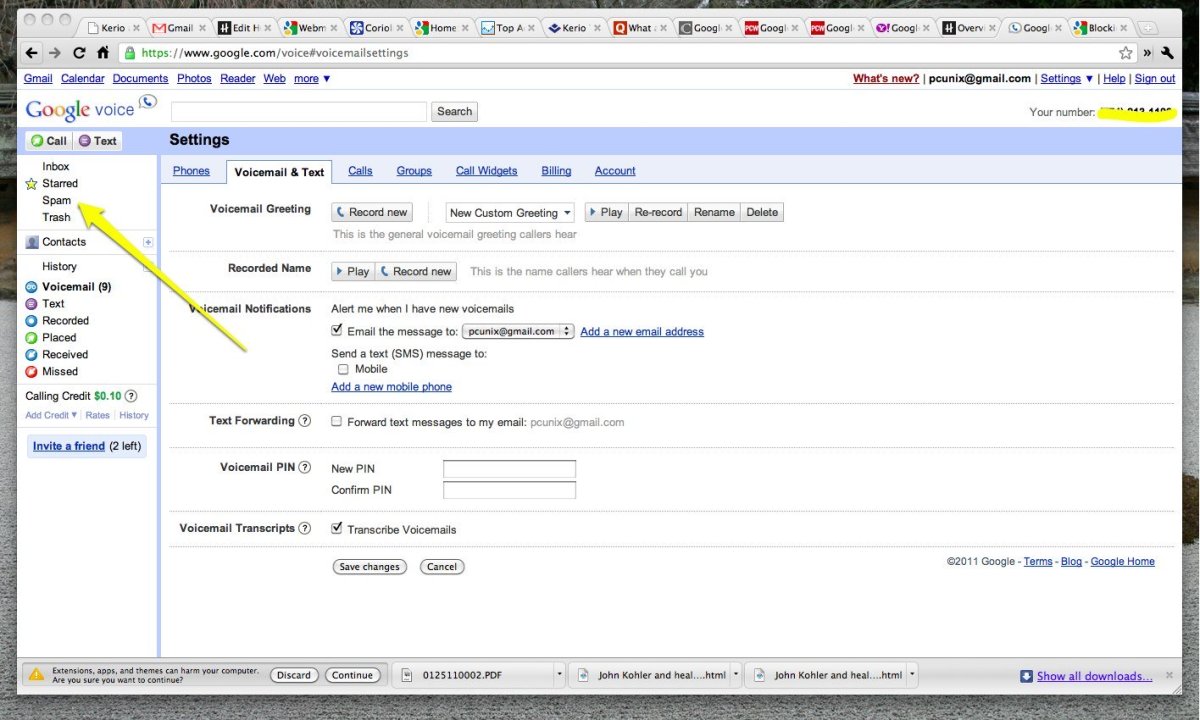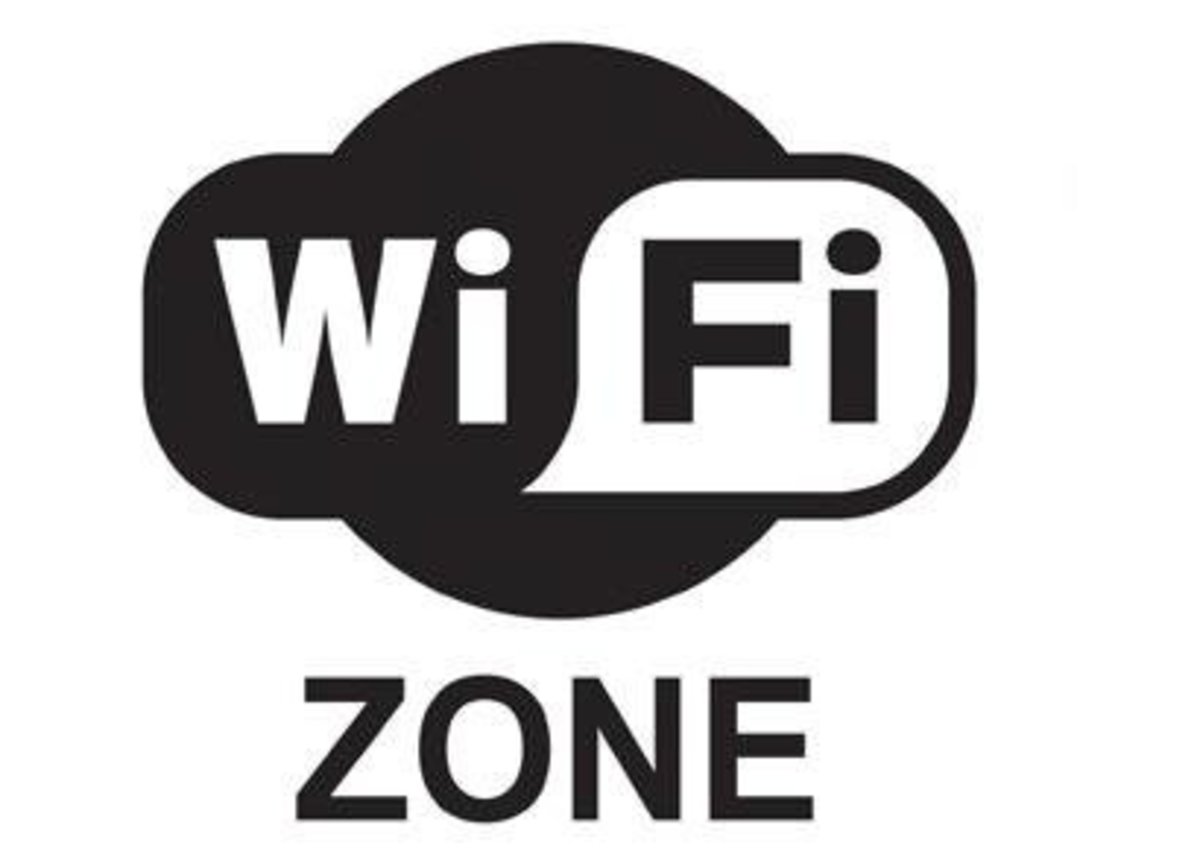How to Attract Top Talent to Small Business

Any company that operates in a high tech field knows how difficult it is to compete for talent against the heavy hitters of Silicon Valley. Small companies cannot match the futuristic environments that they are constructing such as the doughnut shaped, Pentagon sized Apple head office. Many of these are huge complexes that include parks, gardens and convenient on-site shops, where employees can meet and maybe hatch an idea or two. But not many companies have the billions that it takes to do this.
Are small businesses to be deprived of the top engineering and programming talent that it takes to challenge the giants in this hyper-competitive era? The fact that new unicorns - start-up businesses, almost exclusively in high-tech, worth more than $1 billion - are challenging the titans in many sectors, is a prime indication that this is not necessarily the case. One way of inviting top talent is to copy, within budgetary constraints, what the large, cutting-edge companies are doing.
Don't nail them to a desk – Many progressive companies have given up on the fixed cubicle, whether it is a separate office or screened off space, and are experimenting with activity-based working spaces where employees can gather for intensive sessions that requires group participation. They may still have a permanent desk somewhere, but they are encouraged to move around to where the action is taking place.
Provide an attractive communal space – Creating a cozy and peaceful environment for formal or impromptu gatherings relieves tensions, and creates a more socially friendly space for interaction. Airy environments, suffused in green space, hark back to leisurely executive meetings, which took place on golf courses. Now it is achieved on huge company campuses. Everything can be scaled down to what is financially feasible for a small business; good concepts do not have to be relegated solely to big business.
Open plan offices – Create a more dynamic working environment to encourage unsolicited encounters between employees. Openness facilitates people bumping into each other and dropping kernels of information that may spark creative ideas. Sometime the most innocuous statement may light up the idea lamp in others. In a more sharing world this is more likely to happen than in the past. There is a sound financial reasoning to all this: cutting down on permanent work stations reduces the amount of real estate required. Tech firms have managed to cut employee space requirements by approximately 25% compared to other industries.
Home away from home – making offices resemble residential space is another direction that is gaining more prevalence. Making it more homey by including book shelves and even personal paraphernalia causes people to relax and be more creative. You can invite colleagues to your “home” instead of a sterile office. This sits well in an era that has, for the most part, opted for less formality in every human activity.
Make everyone feel comfortable – Collaborative work areas can cause friction between old and new employees. The new generation may choose to develop youthful cliques that tend to exclude the old guard. This should be discouraged by promoting the advantages of collaboration between experience and raw creative passion. A mixed group can bring more mature ideas to the foreground.
Small may be more suitable – In all these big business forays there is a negative side that provides advantages to a small business. Open areas are a source of noise that some employees find disturbing, and not very conducive to stimulating their creative juices. Because these areas sometimes encompass several acres of space it means that there is a great deal of walking to and fro, which is counter productive and exhausting for older employees.
Intrusive technology reduces privacy – Everyone realizes that absolute privacy is very rare, both at work and in private surroundings. Technology has made us visible to others, who wish to track our movements and activities. But some big tech firms have taken this to new heights by introducing smart, AI driven monitoring technologies that keep ever closer tabs on people.
Not all employees are as enamored with this direction as the executives, who want to utilize the full range of their particular tech expertise. This type of pervasive monitoring has moved into office furniture design. Built-in sensors can ndicate employee presence or absence. Big Brother watching you at all times can cause discomfort and alienation. In all such cases, employees should be allowed to express their opinion as to how far they are willing to permit such privacy infringements.
Project your culture – Architecture, paintings, and furniture can project a certain culture, which can appeal to new recruits. It doesn't need to have the size and scope of the current tech leaders, such as Airbnb's Bedouin tents from Morocco. It all depends what industry you are operating in. Much of what is seen as progressive in the high tech industry can be viewed as overly ornate, and inappropriate by others. However, many of the new concepts that attract talent can be extrapolated in some way, at a reduced scale.
Focus on saving time – Gone are the toys that cuddled and interrupted work flow in the dot.com era. They are now replaced by useful employee services and electronic tools that promote more efficiencies. For example, they may help busy employees, who have to juggle business and home activities; and find suitable places to live when they move in to a new city. They may also assist employees in finding respected schools and kindergartens for their children; and create nursery space in the office.
Small businesses looking to snare talent can take advantages of some of the more glaring disadvantages of the leviathans, like the squeeze on privacy. Large, open spaces are not everyone's choice for a productive work environment, and can be replaced with creative touches in office design that lead to a warm environment.
Unique ideas will always attract talent, because they offer new paths that have not yet been trodden. Small business owners can aid their cause by projecting enthusiasm for their new ideas, confidence of purpose, vision, and offer participation in new directions. This recipe will always intoxicate a fresh pool of idea generators.
Learn how to compete successfully for the top talent against the Silicon Valley titans.









